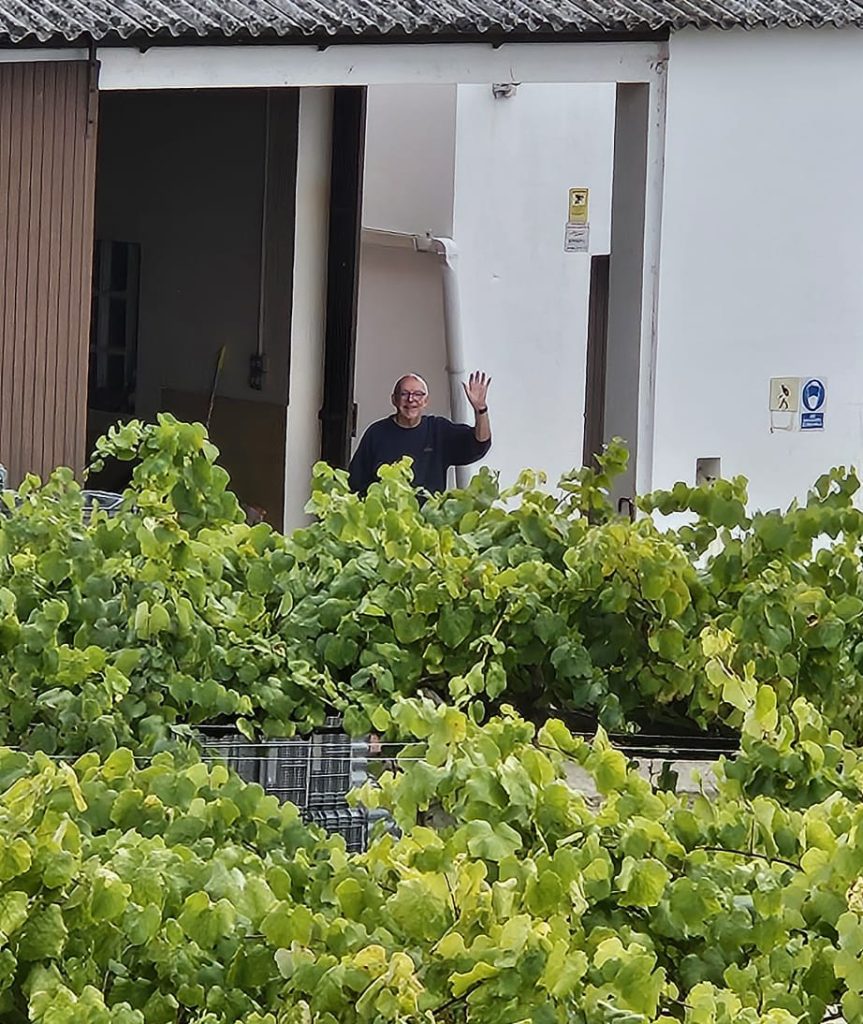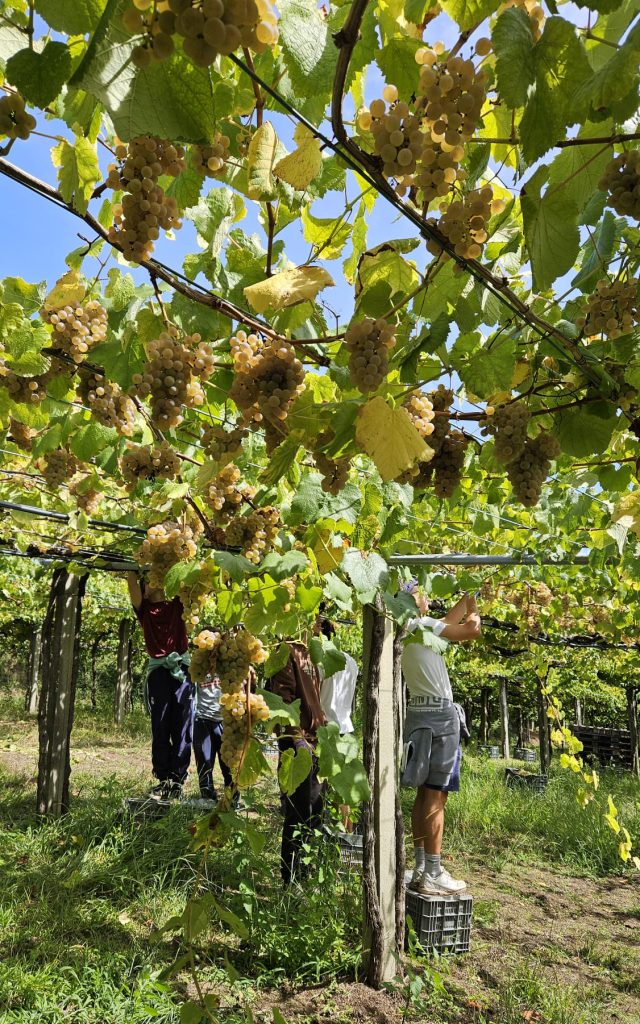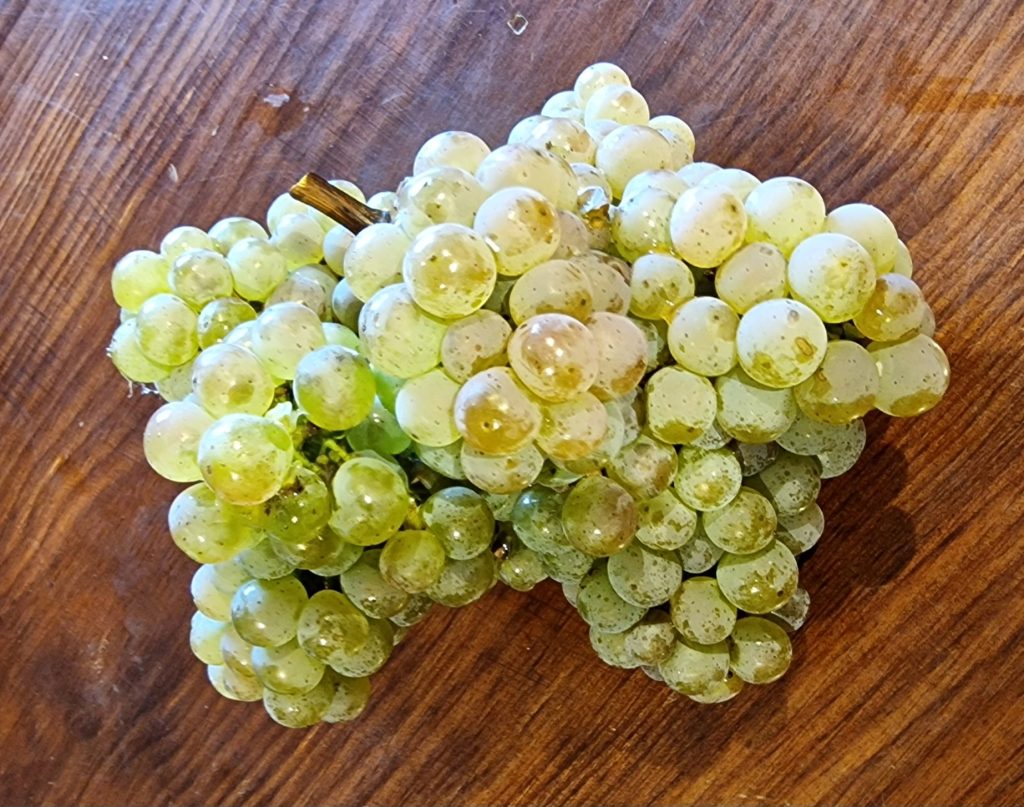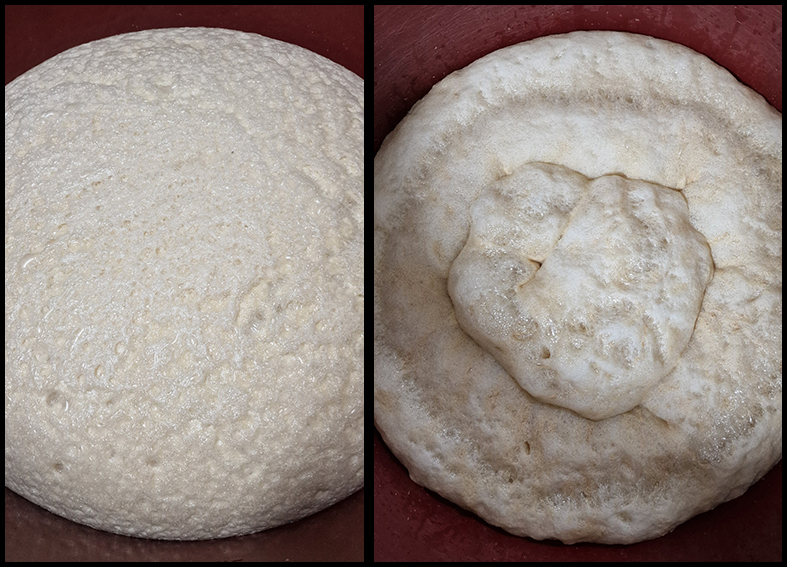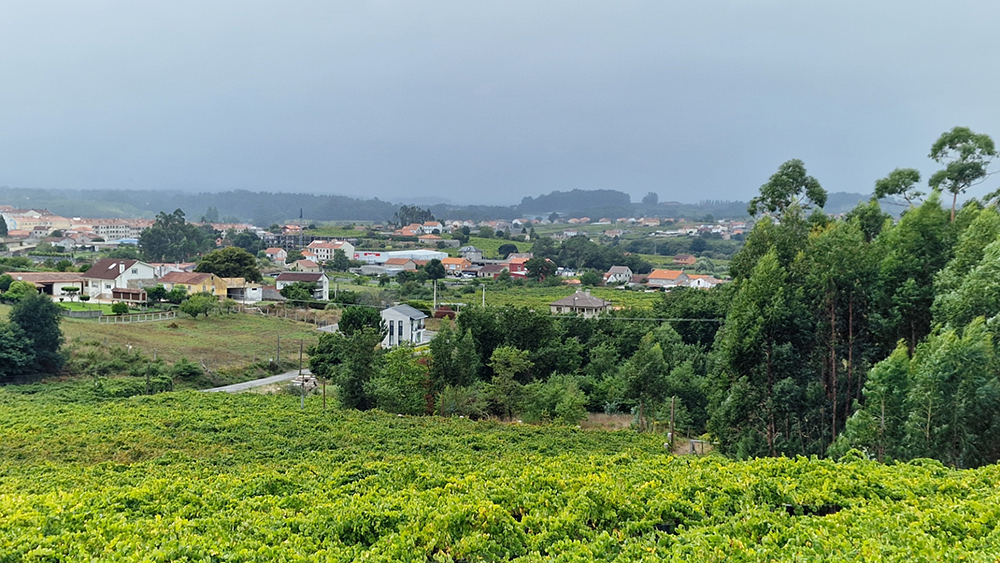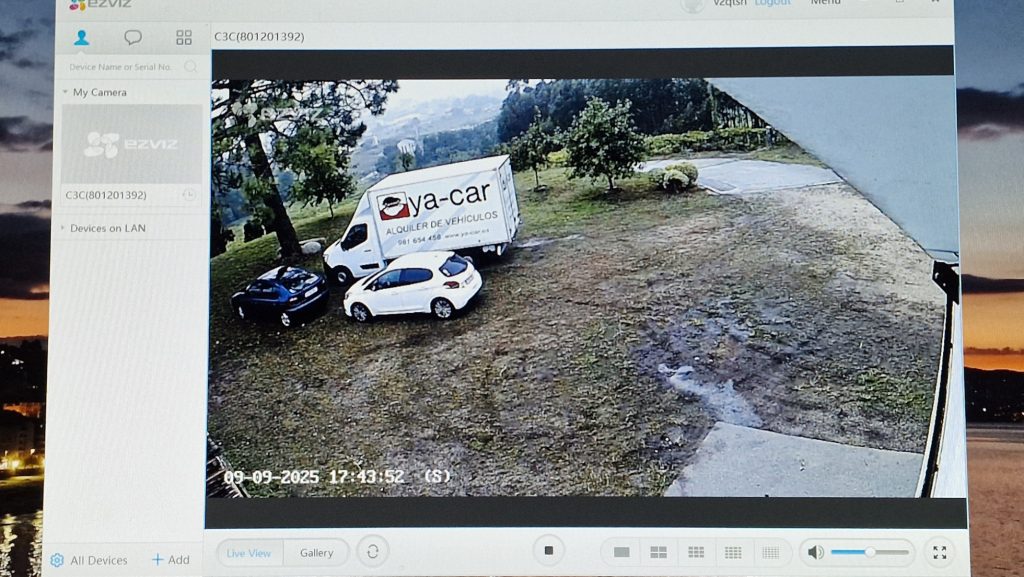Winemaking 2025
September 23rd, 2025 | Bodega
The process of wine making demands that you have your wits about you at all times, with numerous tanks all at slightly different stages of their evolution. The progress from grape must to wine is measured by density, which it turn can be speeded up or slowed down by temperature control. Apart from the type of yeast we decide to use (which can affect the style a little), the rest of our quality comes from the grape. It is probably fair to say that we have two different characters in 2025, originating from fruit that was picked before the rain, and fruit picked after. (Fortunately, and quite deliberately, much of our fruit was picked before). However, we will not make too many judgements before our fermentations are over, and even then, it will probably be too soon.
A big difference that we have noticed in the cellar is the disparity in progress between tanks. Normally we would have quite a steady flow of work, moving smoothly from one tank to the next. This year, for example, we have had a period of 12 days from starting the first of our fermentations to the last one, which is not long underway.
The fermentations are fascinating, and often a little different from tank to tank. Apart from measuring the densities, judgement can also be made from the visual aspect, and notes of how a tank actually appears is also recorded. My favourite is what I call the ‘brain’ foam. Take a look at today’s video and you might see what I mean.



